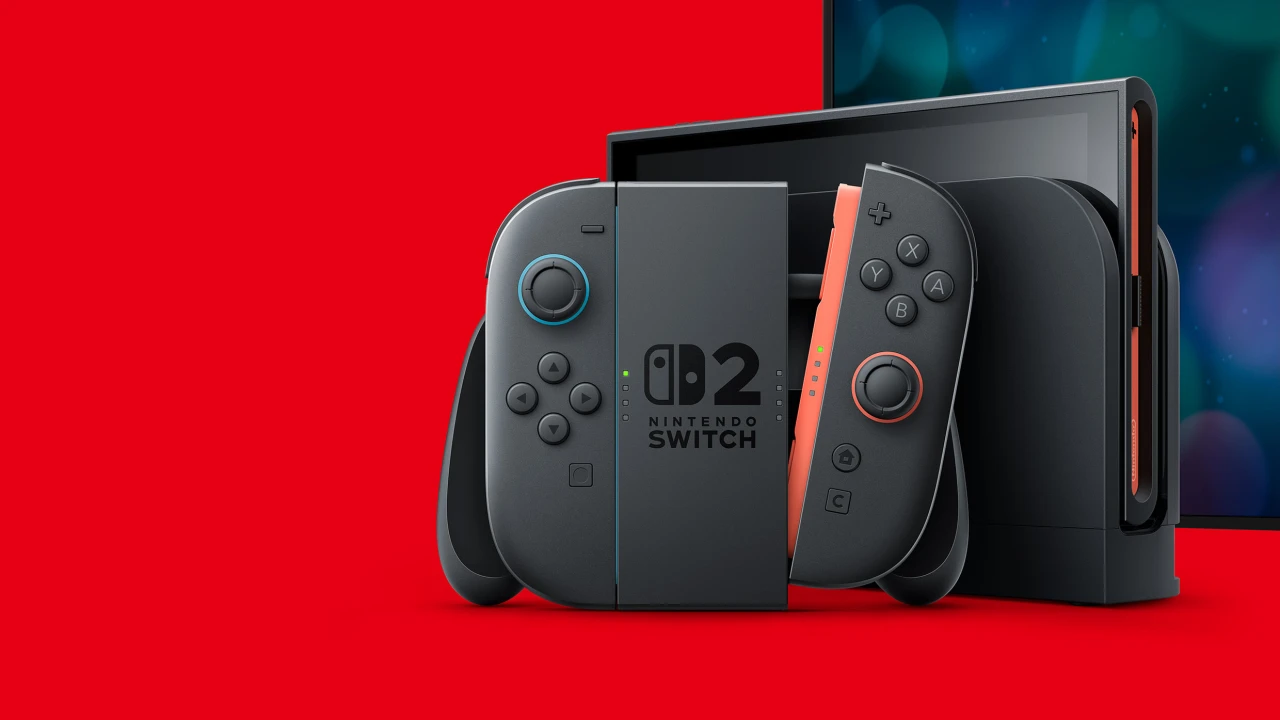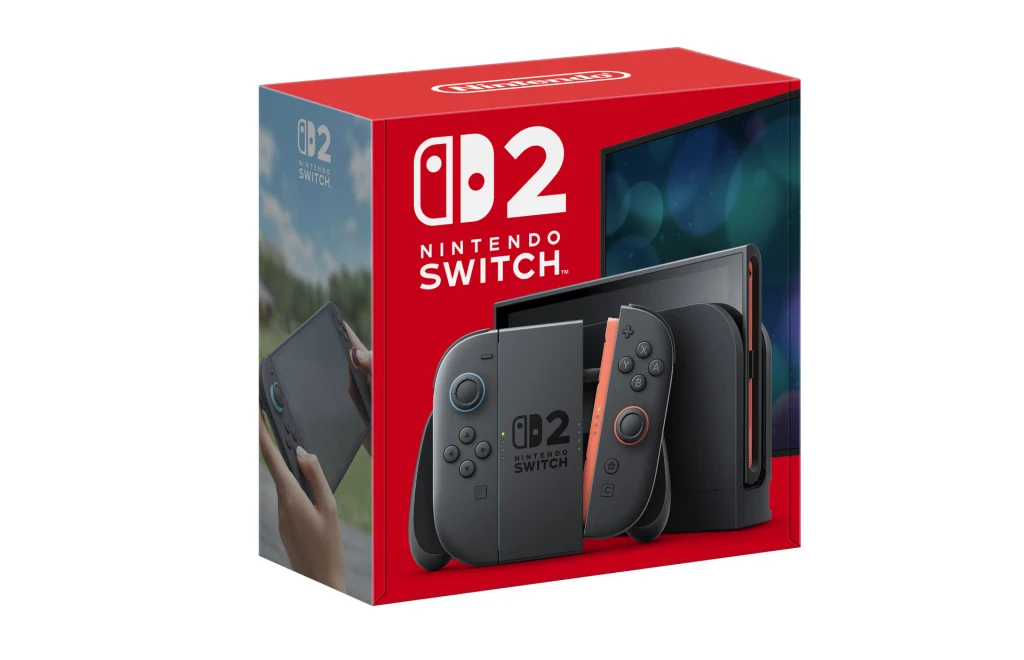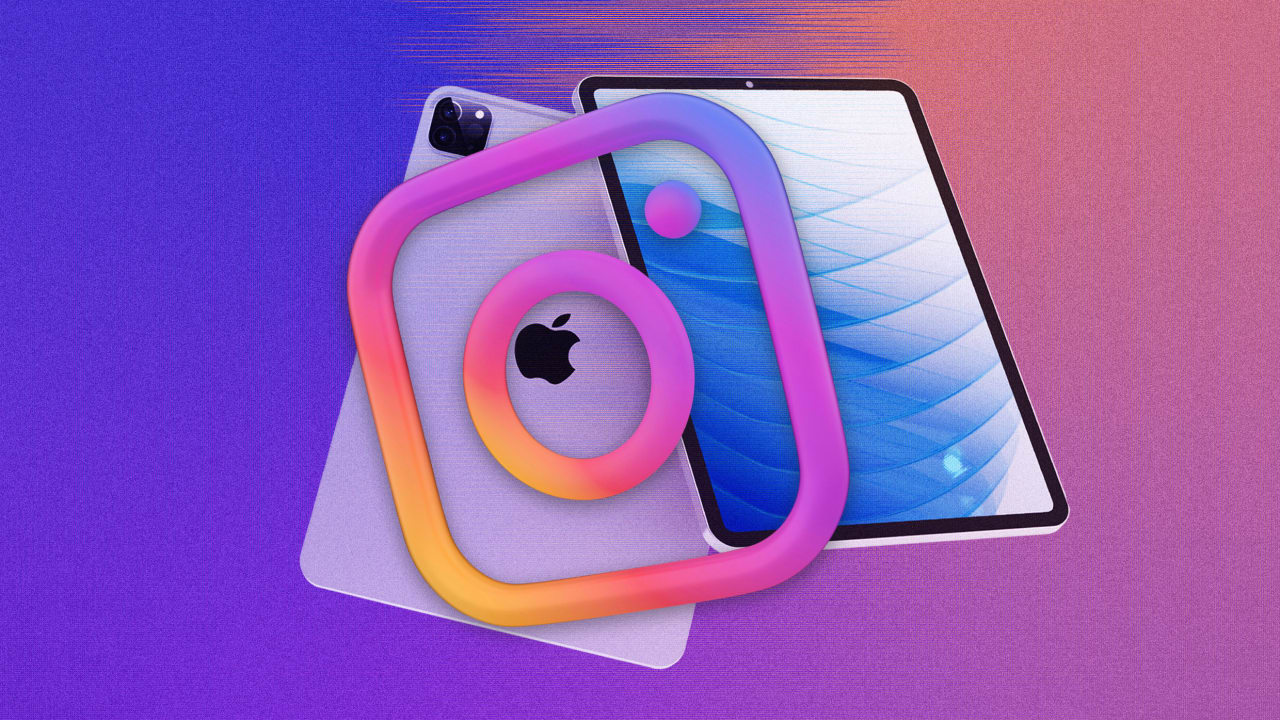Nintendo’s new Switch 2 feels remarkably up to date
Nintendo is not known for existing on the bleeding edge of technology. In fact, most of its 21st-century success has been built around the opposite of that idea; the Wii and DS were both much less powerful than their competition, yet each proved to be more popular with a mainstream audience. The hybrid Switch, meanwhile, was impressive for a handheld machine when it was released, but when hooked up to a TV it was soundly outgunned by the PlayStation 4—let alone the 5. On paper, the Switch 2 doesn’t do much to change that. It’s still a less capable console than the PS5, even though it’s coming out more than four years later. But now that it’s finally in my hands, I’m struck by how up-to-date it feels. The gaming landscape has changed since the original Switch, with the handheld market growing in size and diversity—and you could make a case that on some levels, Nintendo now has the most advanced hardware. Functionality and pragmatism The Switch 2 is a fascinating system for Nintendo, mostly because it’s so straightforward. This is the first time Nintendo has ever straight-up released a “Console 2,” let alone one so similar to its predecessor. It’s an exercise in functionality and pragmatism, with nips and tucks across the board. The new Joy-Con controllers look similar to before but are an immediate improvement from the second you hold them. The curvier design is much more comfortable, and the way they snap onto the system magnetically is a lot less fussy; they also feel more securely attached. Time will tell if the analog sticks prove more durable, but for now the extra size and throw is appreciated. [Photo: Nintendo] Point of contention The screen will be a point of contention. It’s a 7.9-inch 120Hz 1080p LCD panel with support for VRR and HDR, which is an upgrade in most respects except for the “LCD” part. Nintendo did go out of its way to release an OLED version of the original Switch, so the return to a conventionally backlit LCD panel does feel like a step back in terms of contrast. On the other hand, it’s actually a pretty great LCD for what it is. The HDR support was never going to compare with a high-end TV with local dimming, but games like Mario Kart World clearly show how Nintendo is making the most of the wider color gamut. I would compare the experience to watching HDR movies on a good LCD tablet like an iPad Air. It’s streets ahead of the screens in the original Switch or the Steam Deck. Yes, I would have preferred an OLED panel. But the boosts here to size, resolution, and refresh rate are real, and there isn’t really another gaming device out there with a directly comparable display. Advanced graphics The Switch 2 has, of course, been in the works for a long time, and that’s reflected in the silicon that powers it. We know that the Nvidia-designed system-on-chip is manufactured by Samsung on its somewhat outdated 8nm process, the same technology behind Nvidia’s RTX 3000-series GPUs. In a video released this week, Nvidia CEO Jensen Huang said the Switch 2’s SoC is “unlike anything we’ve built before” and has “the most advanced graphics ever in a mobile device.” I have a feeling Apple might take issue with that claim, but it was likely true when Nintendo and Nvidia started collaborating on the console. More to the point, the Switch 2 will obviously shred an iPhone in practice. I’ve enjoyed playing the occasional ambitious ports to Apple’s platforms as a technical exercise, like Death Stranding and Resident Evil 4, but it’s hard to imagine the iPhone 16 Pro ever getting a better version of Cyberpunk 2077 than the Switch 2 version I just spent a couple of hours with. It’s a hugely impressive port that runs at 40fps in its performance mode while looking dramatically sharper than the PC version on my Steam Deck. The Switch 2 is less powerful than competing home consoles, of course, but it’s the overall package that impresses. Although the screen size has increased, this is still a relatively thin and light device that turns in excellent performance compared to much bulkier PC-based handhelds. It’s the payoff for Nintendo going all-in on ARM-based hardware nearly a decade ago.The biggest trade-off is the battery life; you shouldn’t expect more than two to three hours of endurance when playing demanding games. But that’s comparable to a lot of PC handhelds, and Nintendo and Nvidia will likely be able to eke out more efficiency in future models by switching to a newer manufacturing process. TV connection Even when connected to a TV, the Switch 2 feels like a modern system, with its 4K UI and snappy loading times thanks to the faster flash storage. It’s a huge quality upgrade on its predecessor, which was stuck with 720p menus and a torturously slow online store. Of course, that original Switch also felt quite advanced for the time upon its launch. It was based around Nvidia’s Tegra X1 chip, which failed to get much traction in tablets but turned o

Nintendo is not known for existing on the bleeding edge of technology. In fact, most of its 21st-century success has been built around the opposite of that idea; the Wii and DS were both much less powerful than their competition, yet each proved to be more popular with a mainstream audience. The hybrid Switch, meanwhile, was impressive for a handheld machine when it was released, but when hooked up to a TV it was soundly outgunned by the PlayStation 4—let alone the 5.
On paper, the Switch 2 doesn’t do much to change that. It’s still a less capable console than the PS5, even though it’s coming out more than four years later. But now that it’s finally in my hands, I’m struck by how up-to-date it feels. The gaming landscape has changed since the original Switch, with the handheld market growing in size and diversity—and you could make a case that on some levels, Nintendo now has the most advanced hardware.
Functionality and pragmatism
The Switch 2 is a fascinating system for Nintendo, mostly because it’s so straightforward. This is the first time Nintendo has ever straight-up released a “Console 2,” let alone one so similar to its predecessor. It’s an exercise in functionality and pragmatism, with nips and tucks across the board.
The new Joy-Con controllers look similar to before but are an immediate improvement from the second you hold them. The curvier design is much more comfortable, and the way they snap onto the system magnetically is a lot less fussy; they also feel more securely attached. Time will tell if the analog sticks prove more durable, but for now the extra size and throw is appreciated.

Point of contention
The screen will be a point of contention. It’s a 7.9-inch 120Hz 1080p LCD panel with support for VRR and HDR, which is an upgrade in most respects except for the “LCD” part. Nintendo did go out of its way to release an OLED version of the original Switch, so the return to a conventionally backlit LCD panel does feel like a step back in terms of contrast.
On the other hand, it’s actually a pretty great LCD for what it is. The HDR support was never going to compare with a high-end TV with local dimming, but games like Mario Kart World clearly show how Nintendo is making the most of the wider color gamut. I would compare the experience to watching HDR movies on a good LCD tablet like an iPad Air. It’s streets ahead of the screens in the original Switch or the Steam Deck.
Yes, I would have preferred an OLED panel. But the boosts here to size, resolution, and refresh rate are real, and there isn’t really another gaming device out there with a directly comparable display.
Advanced graphics
The Switch 2 has, of course, been in the works for a long time, and that’s reflected in the silicon that powers it. We know that the Nvidia-designed system-on-chip is manufactured by Samsung on its somewhat outdated 8nm process, the same technology behind Nvidia’s RTX 3000-series GPUs.
In a video released this week, Nvidia CEO Jensen Huang said the Switch 2’s SoC is “unlike anything we’ve built before” and has “the most advanced graphics ever in a mobile device.” I have a feeling Apple might take issue with that claim, but it was likely true when Nintendo and Nvidia started collaborating on the console.
More to the point, the Switch 2 will obviously shred an iPhone in practice. I’ve enjoyed playing the occasional ambitious ports to Apple’s platforms as a technical exercise, like Death Stranding and Resident Evil 4, but it’s hard to imagine the iPhone 16 Pro ever getting a better version of Cyberpunk 2077 than the Switch 2 version I just spent a couple of hours with. It’s a hugely impressive port that runs at 40fps in its performance mode while looking dramatically sharper than the PC version on my Steam Deck.
The Switch 2 is less powerful than competing home consoles, of course, but it’s the overall package that impresses. Although the screen size has increased, this is still a relatively thin and light device that turns in excellent performance compared to much bulkier PC-based handhelds. It’s the payoff for Nintendo going all-in on ARM-based hardware nearly a decade ago.
The biggest trade-off is the battery life; you shouldn’t expect more than two to three hours of endurance when playing demanding games. But that’s comparable to a lot of PC handhelds, and Nintendo and Nvidia will likely be able to eke out more efficiency in future models by switching to a newer manufacturing process.
TV connection
Even when connected to a TV, the Switch 2 feels like a modern system, with its 4K UI and snappy loading times thanks to the faster flash storage. It’s a huge quality upgrade on its predecessor, which was stuck with 720p menus and a torturously slow online store.
Of course, that original Switch also felt quite advanced for the time upon its launch. It was based around Nvidia’s Tegra X1 chip, which failed to get much traction in tablets but turned out to be a great fit for a handheld gaming device. It had the advantage of a brand new form factor and the ability to run games that no one had ever imagined could be taken on the go.
But as a portable machine it was clunky, and as a home console there was a much bigger gap between it and its competitors. Occasional “miracle ports” like The Witcher 3 or Doom Eternal aside, the Switch generally made do with a separate library of software. These days, though, developers are used to scaling games down to less capable machines, whether it’s the Steam Deck, the PS4, or the Xbox Series S.
The Switch 2 will have a better shot at running a lot of the software that comes to high-end hardware. It still isn’t going to be the platform of choice for hardcore gaming enthusiasts—no handheld ever will. But I do think it’s the first Nintendo system that feels like a refined device at the top of its class on day one.















































































































































